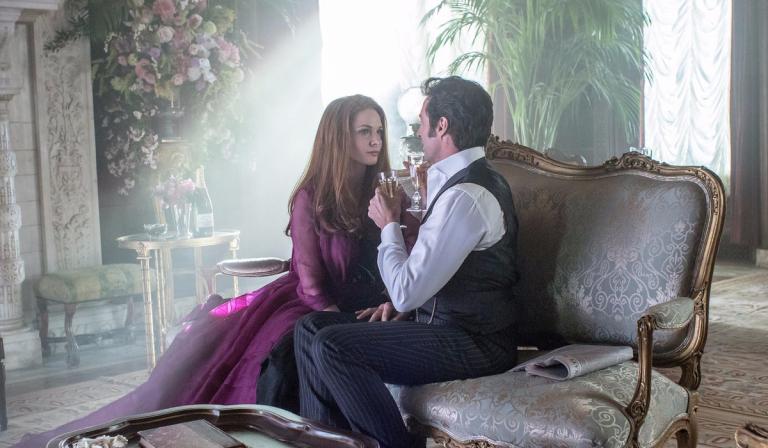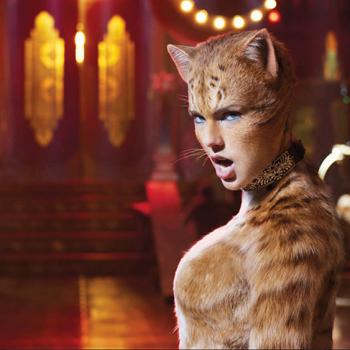
A man and a woman meet.
He’s tall, handsome, charismatic. Looks a lot like Hugh Jackman because, in fact, it is Hugh Jackman, decked out in top hat and tails and a thousand watt grin.
The woman, an opera singer swathed in silks, flutters her lashes and gazes up coyly. (She is a red-head after all. The universal signal of what her favorite scarlet letter must be.)
The movie is The Greatest Showman, the latest Hugh Jackman-headlined musical, very loosely based on the life of circus entrepreneur, P. T. Barnum. By the time of this scene, the story’s plot has reached the mid-point, and since the script refuses to criticize Barnum, or show him warts and all, we are in desperate need of a villain.
Enter the other woman.
Vixens or Victims?
Literature is full of femme fatales: seductive sirens and “other women” who exist solely to tempt the virtuous hero before being roundly rebuffed and sent packing.
After all, Queen Guinevere and her lady parts were the downfall of all those virtuous men of Camelot. Sir Lancelot, who single handedly defeated everything else, never stood a chance. Ditto Helen of Troy, forcing Paris to abduct her and imprison her in a foreign city while poor, defenseless, armor-clad warriors had to kill each day and rape priestesses each night.
Or, to look at only the “other women” trope, married Odysseus subdued Circe – presented as a predatory witch – slept with her, stayed with her voluntarily for a year, abandoned her, and for his “virtue” was rewarded with the 20-year fidelity of his clueless wife. Almost every recounting of the history of Henry VIII casts Anne Boleyn as the sole downfall of the most powerful man in England. Despite her having refused him the first several times. Nope: dem women. Sneaking around with nation-destroying boobies. Tellingly, later mythology around Anne accuses her, too, of “witchcraft.”
Arthur Miller’s The Crucible lays the Salem Witch trials solely and squarely on the shoulders of Abigail Williams, who was twelve years old in reality, but is a nubile and vengeful woman scorned in Miller’s play. If not a witch herself, then certainly a hunter of one. And the married John Proctor, whose only fault was sleeping with a teenage girl – where have we heard that one before? – is sobbing over the loss of his “good name” by the end of the play.
Heck! Remember the 90’s? We all laid the blame for Bill Clinton’s affair on “other woman” Monica Lewinsky. A narrative that is finally being reckoned with today. Most damning, Lewinsky is on the record in Vanity Fair saying:
I will always remain firm on this point: it was a consensual relationship. Any ‘abuse’ came in the aftermath, when I was made a scapegoat in order to protect his powerful position. (Emphasis mine.)
An Affair to Remember
This is not to deny that in the case of an affair it takes, at minimum, three to tango. Nor is this to exonerate women from any responsibility they may bear in the particulars of a case. Women are fully capable of being villains as well as victims. As that ancient wisdom from The Muppets Take Manhattan said:
“Peoples is peoples. Is good peoples. Is bad peoples. Is peoples. Peoples is peoples.”
But it’s important to recognize that the narratives we tell ourselves are powerful and affect how we view reality.
For example, a 2017 study from the University of Cardiff found that when a woman cheats on a man, she is blamed for the infidelity. However, when a man cheats on a woman, “the other woman” is blamed while the philandering man gets off scot free. This is true even in cases, quite frequent, where the cheating man was lying to all parties, and keeping the news of his attachment secret from the woman he pursued…
The Greatest Showman is now available on DVD and Blu-Ray.
 Want to tell the Pop Feminist what to review next? Become my patron on Patreon!
Want to tell the Pop Feminist what to review next? Become my patron on Patreon!
Image courtesy of 20th Century Fox, 2017












